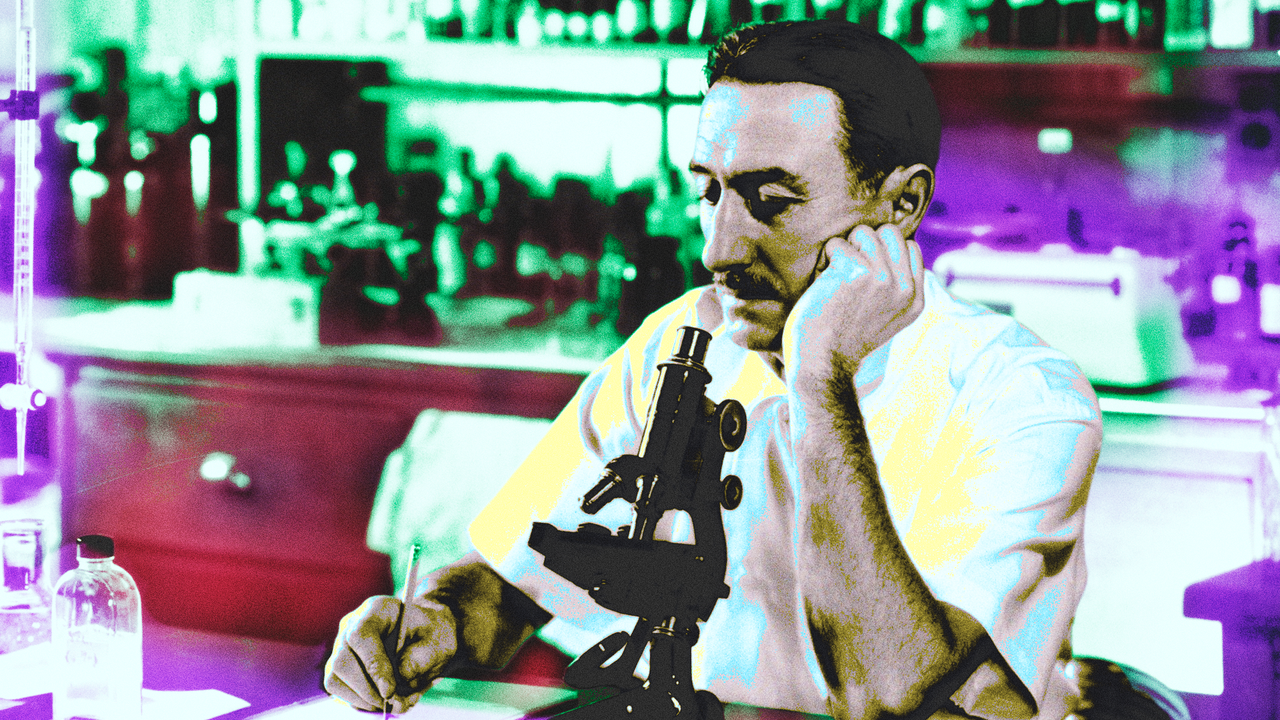In nearly any conversation about the U.S. healthcare system, you’ll sense a growing frustration about things like long wait times for appointments, sky-high prescription drug costs, and a lack of focus on preventative care. It’s easy to feel a bit disillusioned—to want to find relief for those nagging symptoms without having a provider tell you that all of your tests came back normal.
This is especially true for hard-to-diagnose issues like gastrointestinal problems. Many people eager for solutions have turned to at-home solutions like gut microbiome tests. Running from $120 to upwards of $350, these kits often use a self-collected stool sample and/or DNA sequencing to provide a detailed analysis of what microbial species are in your gut. Some offer personalized plans based on your results, while others offer diagnostic tools like a gut inflammation analysis to see if you could have irritable bowel syndrome or IBS.
“In the last few years, there has really been an explosion of interest in the microbiome,” says Adam Perlman, MD, former medical director of Mayo Clinic and the chief medical officer of Pendulum Therapeutics, a probiotics company. However, a consideration is that the medical world still understands how the microbiome functions. “It’s like the new frontier of medicine,” he says. “It’s still an area that needs more science, and many conventional physicians still don’t feel very comfortable with it.”
The medical world is certain about one thing though: The microbiome is essential for overall health. It is “very involved in things like brain health, cardiovascular health, endocrine health, and on and on,” says Maya Feller, a registered dietician who works in nutrition education and counseling. Dr. Perlman says it also communicates with our immune system, affects processes like digestion, and can potentially influence our mental health. These links are due to the trillions of microbial inhabitants that call our gut home—everything from good bugs to bad bugs to dead bugs, says Feller—including bacteria, viruses, and other organisms. “We want an abundance of good bugs because that’s what actually helps to have these outward conversations with various parts of the body,” she says.
But the issue is that scientists don’t really know what a “healthy” microbiome looks like. Even people with good gut health have vastly different microbiomes, so while we might know that a certain microbe is generally “good,” it’s hard to pinpoint how it will interact within an individual’s system. That makes any actionable advice quite difficult, even if the data that these tests provide is accurate.
Another problem is that microbiome tests capture a snapshot of what your gut looks like at that given moment. According to Perlman, many factors, like our diet, environment, genetics, and even circadian rhythm, can affect what microbes we host. “What’s happening in the gut is heavily influenced by what you eat,” says Feller. “So if you’re eating outside of your normal and you take a test like this, the results may or may not be meaningful, right?” And your microbiome can change within a matter of days, says Perlman, and even quicker if you’ve taken antibiotics, which can cause dramatic changes nearly overnight.

